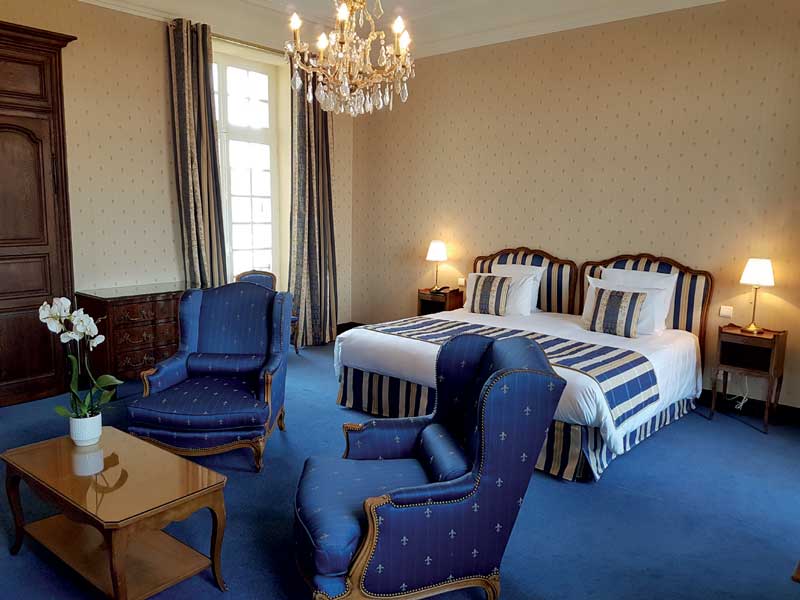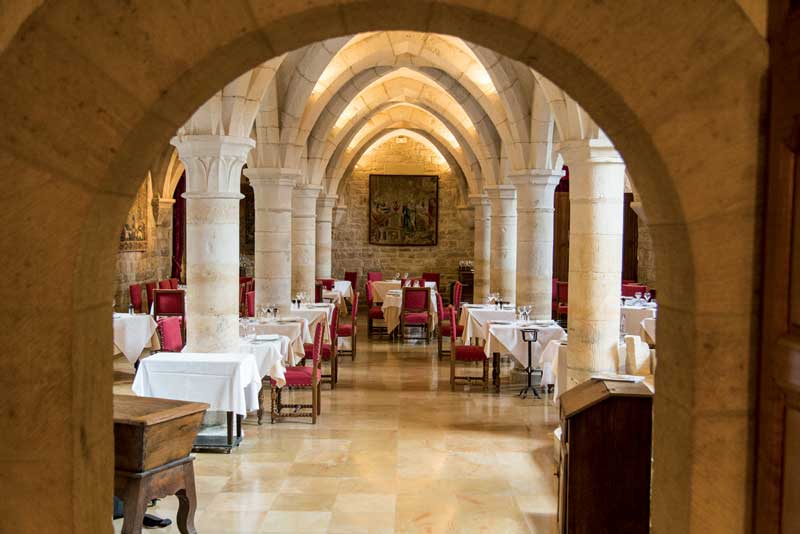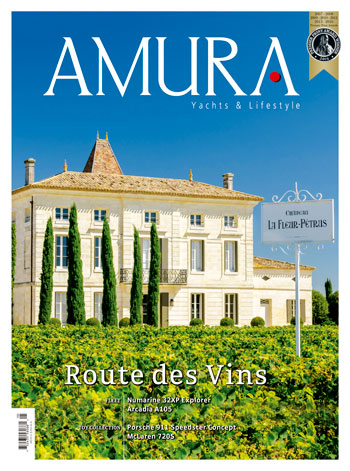A Wonderful Place with a Magnificent Wine History
The French commune of Vougeot in Burgundy has depended on the grape vines that were planted, and which now grow in its surroundings, to create some of the finest wines in France, known as “Grand Cru.” Only a few miles away from this colorful town stands the Château de Gilly, a hotel-castle that used to be the residence for Cistercian monks. Gilly has preserved the medieval character of the 14th and 16th centuries, which is reflected in its moats, French-style gardens, and its magnificent vaulted ceiling.
This residence has been refurnished to accommodate 48 rooms in six different categories located in the Château or in one of two adjacent lodgings of the same time period: the Pavillon du Pere Abbé, or the Pavillon des Jours. The rooms feature a very traditional décor: wooden panels, crystal vases, stone fireplaces from Burgundy, and flowery wallpaper. Moreover, they are furnished with flat-panel televisions, hi-fi sound system, minibar, hair dryers, Wi-Fi, among other amenities.
The castle is also home to the Clos Prieur restaurant, which is located inside an imposing rib-vaulted room supported by slender pillars. This room served as a cellar in which the Clos de Vougeot wine would age inside the casks. It’s a space full of character, delicious and sophisticated cuisine, where some of the highlights include: homemade snail ravioli, parsley cream and garlic chips; sea bass fillet and small stuffed vegetables in basil butter; and blackcurrant can fillet, celery millfeuille and carrots with honey.
The mild climate in this region is perfect to relax at the poolside, or to play tennis in the hotel’s court. Bicycles are available to explore its gardens, and small boats can be rented to fish on nearby rivers. More adventurous guests can take a helicopter ride around the valley, or walk through the “Wine Route” which takes you through some of the historic wine regions of France.
Text: Andrés Ordorica ± Photo: MEDIATHEQUE GEF © 2018






